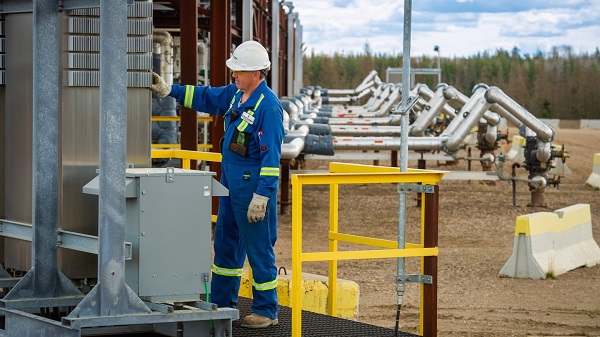Alberta
The Most Expensive Campaign Promise Ever – Explainer
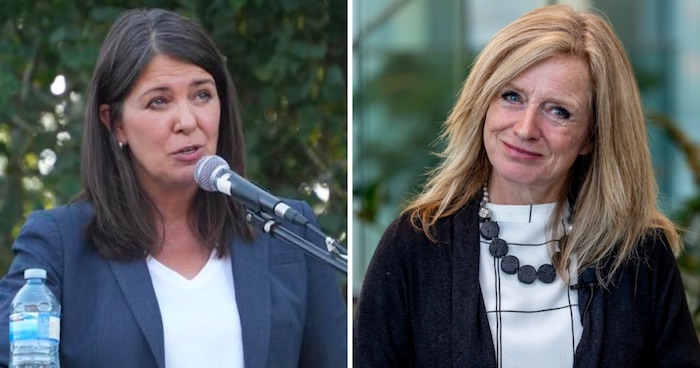
This article was submitted by Peter McCaffrey, President 0f the Alberta Institute
Over the coming weeks, I’ll be analyzing some of the big policy announcements that the major parties in the Alberta election make.
So, today, we’re going to kick things off with a look at an issue that made headlines yesterday – electricity policy.
I know, I can almost see your eyes glaze over through your webcam, but bear with me – this is important!
Last March, Justin Trudeau announced the release of the federal government’s “2030 Emissions Reduction Plan: Canada’s Next Steps for Clean Air and a Strong Economy”.
Who could be opposed to Clean Air and a Strong Economy, right?
The devil, as always, was in the details and, in this case, the details are called the “Clean Electricity Regulations”.
The federal government has been talking for some time about “transitioning” Canada’s entire electricity sector to being “net-zero” (ie: no net carbon emissions) by 2050.
The “Clean Electricity Regulations”, though, are the federal government’s plan to speed up this transition and require the provinces to have net-zero electricity grids by 2035 instead.
Now, for some provinces, that won’t actually be too challenging, as they already generate the vast majority of their electricity from Hydro.
But for Alberta (and Saskatchewan), it will be practically impossible – and insanely expensive.
That hasn’t stopped Rachel Notley and the NDP from promising to follow the federal government’s lead and do it, though.
So, let’s take a deep dive into exactly why this policy could be so harmful to Alberta.
First, in Alberta, about 85% of electricity on the commercial market comes from non-renewable resources.
That means that, in order to achieve net-zero here, we’d have to rebuild almost literally the entirety of our electricity market in the next 12 years.
If that sounds expensive to you – you’d be right!
In July 2020, when the federal government first started floating this idea, the Alberta Electric System Operator (AESO) wrote a report that calculated that transitioning Alberta to a net-zero electricity grid by 2035 would cost $52 billion in additional capital investments and generation operating costs.
Yes, you read that right – $52 billion.
And, to be clear, that $52 billion isn’t the entire price of transitioning to net-zero – that would be much more – the $52 billion is just the extra price of doing it faster, by 2035 instead of 2050!
Next, fast forward to yesterday, and a new report was been released that assesses those direct capital and infrastructure costs calculated by AESO, and works out what the additional indirect economic harm to Alberta would be of being forced to make this rapid transition.
This new report was written by a group called Navius, who are traditionally seen as a left-leaning environmental economic research group, and even they say that the indirect impacts to Alberta’s economy will be enormous – $35 billion – and that’s before they even account for inflation.
So, now, thanks to these two reports, we know exactly what the federal government’s 2035 net-zero electricity grid plan will cost Alberta.
$52 billion in direct costs to upgrade and build infrastructure, plus at least $35 billion in indirect economic costs, for a total of at least $87 billion.
And, as I mentioned before, Rachel Notley and the NDP are fully on board.
They aren’t advertising their support, of course.
Just like with the carbon tax in 2015, they aren’t campaigning on this policy, and they haven’t mentioned it on their website or included it in their campaign material.
But, at a private NDP event last year and in a few occasional tweets, Rachel Notley has confirmed that the NDP is committed to this idea.
And, just like in 2015 with the carbon tax, they’re hoping Albertans won’t notice until after the election.
Let’s be clear, though – a policy of implementing a net-zero electricity grid by 2035 makes the carbon tax look like a bargain by comparison.
The carbon tax costs Albertans about $2 billion.
Don’t get me wrong, that’s a huge amount of money.
But $87 billion (or more) over just 12 years is more than $7 billion a year.
I really worry that people don’t understand just how much money we’re talking about here.
It’s an absolutely insane amount.
Let’s try to put it into scale…
$87 billion is more than the entire Alberta government budget ($63 billion).
$87 billion is 48 times the cost of the Red Deer Hospital.
$87 billion is 290 times as much as the province’s “controversial” Calgary arena investment.
$87 billion would pay for the salaries of every single nurse in Alberta for 70 years.
One more… just for fun…
$87 billion would buy a Tesla Model 3 for literally every household in the province.
Yes, seriously – you get a Tesla, you get a Tesla, everyone gets a Tesla!
This is honestly such an insane amount of money that I’m genuinely not even sure that the NDP realizes exactly what they’ve committed to here.
“Never has a politician committed to a policy that would cost this much to implement. This is not only unrealistic, but it is dangerous to the long-term health and viability of our economy,” said UCP Candidate Brian Jean.
It is the single biggest election promise in Alberta history, and it’s not even close.
Thankfully, here at the Alberta Institute, our team is working hard to assess and analyze campaign promises to make sure that you have the facts at your fingertips, and that you’re fully aware of just how much our politician’s promises are going to cost you.
I’d love to be able to bring you more of this type of analysis, so if you support our work, please help us continue to provide you with the level of in-depth policy research by making a donation to support our work:
The Alberta Institute is an independent, libertarian, public policy think tank that aims to advance personal freedom and choice in Alberta.
Founded in 2018, we work to develop and promote solutions to a wide range of municipal, provincial, and federal public policy issues in a strictly non-partisan way.
Our solutions are informed by our belief in a free and open society built on individual rights, private property, peace, voluntaryism, free markets, free minds, free trade, free movement, self-ownership, and reason.
We promote these beliefs through a wide variety of activities and actions, including research, data analysis, publications, newsletters, advocacy, events, conferences, and more.
Independence:
The Alberta Institute’s work is funded by thousands of small-dollar donors from across Alberta who believe in – and wish to support – our mission.
We don’t accept any government funding – and we never will – because we think Albertans should be free to choose, for themselves, which organizations to support.
The donations we receive from our supporters allow us to hire dedicated research staff and volunteer coordinators, publish and promote our findings, host events to help get the message out and connect with the community, offer internships and other opportunities to young Albertans, and much more.
We also depend on our grassroots volunteers, spread across nearly every community in the Province, to help with our mission of advancing personal freedom and choice across Alberta.
Alberta
Tell the Province what you think about 120 km/h speed limit on divided highways
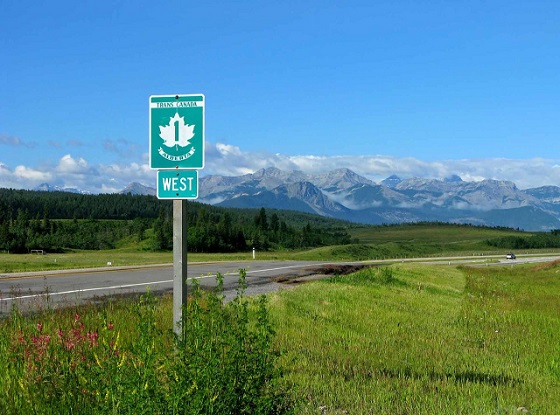
Alberta’s government is engaging with Albertans on increasing speed limits on rural highways.
Starting Nov. 7, Albertans can share their views on modernizing speed limits on divided highways through an online survey running until Dec. 12. The survey will ask how Albertans view raising the speed limit by 10 km/h on various highways from 110 km/h to 120 km/h.
“Alberta’s government is investigating how to safely increase speed limits on divided highways, and if Albertans support increasing speed limits. We are investing more than $1.5 billion this year alone to improve highway safety and upgrade infrastructure across the province. We want Albertans to be able to drive the speed limit that the highways are designed for. Modern vehicles combined with public awareness mean we can explore higher speed limits.”
The survey will provide Albertans with the opportunity to provide input on which highways they would prioritize having a speed limit increase, their views on restricting commercial trucks from using the far-left lane on highways with three or more lanes and any other feedback that would improve driving experiences on provincial highways.
Following a review of the survey results, Alberta’s government plans to conduct a mini-trial of a 120 km/h speed limit to assess the impacts of higher speed limits on divided highways. The trial will include strong monitoring to assess driving behaviour.
Alberta’s government reminds motorists to slow down and drive to the conditions. Speed limits are set for ideal conditions. When roads are wet, icy or when there is reduced visibility, motorists should slow down.
Quick facts
- Alberta’s provincial highway network includes more than 64,000 lane kilometres of highways, about 11,700 lane kilometres of which are divided.
- The posted speed limits of Alberta’s divided highways range from 100 to 110 km/h, although the posted speed limits on segments passing through cities, towns and First Nation lands can be as low as 50 km/h due to factors such as signalized intersections, pedestrians and local access.
Related information
- The survey is available online.
Alberta
Alberta Announces Members of Class Size and Complexity Committee

A new Class Size and Complexity Cabinet Committee has been struck to address classroom challenges.
Taking action on class size and complexity
Classrooms in Alberta continue to grow and are becoming increasingly complex, and immediate action is needed to address these issues in the public education system. To meet these issues head on, the Class Size and Complexity Cabinet Committee has been created. The cabinet committee will help guide government policy and deploy resources to deal with class sizes and classroom complexity.
“We are committed to providing world-class education, and we’re building schools and funding education at a rate unprecedented in this province. This committee will help us address the concerns of teachers, parents and students around class sizes and complexity.”
Throughout November, Alberta’s government will continue work with school boards to collect data on class sizes and classroom composition. The cabinet committee will use this data to direct resources to the classrooms that need it the most. Starting in January, this data will be made available and released annually.
The Class Size and Complexity Cabinet Committee will be co-chaired by the Premier of Alberta and the Minister of Education and Childcare. It will also include non-voting members representing school boards, administrators and a teacher representative of the ATA. The committee will also hear from school boards, academic experts, teachers, educational assistants, complex needs specialists and parents to inform its decisions and guide this vital work.
“We heard teacher concerns, and we are providing solutions. The Class Size and Complexity Cabinet Committee will help us take immediate action and ensure teachers and students are given the support they need to succeed.”
In June 2025, Alberta’s government established the Aggression and Complexity in Schools Action Team to provide advice on addressing classroom complexity. The report has been received and will be released soon. Over the coming months, the cabinet committee will start rolling out solutions informed by the action team’s recommendations. In addition, the committee will guide the creation of a new inclusive education policy framework.
“The work of this committee will support teachers in responding to the growing complexity in our classrooms. We will ensure that the voices of the contributors to the initial work guide
solutions that truly improve the educational experience for students and the educators who serve them.”
“I appreciate the government’s recognition of the impact of classroom complexity and their commitment to working collaboratively for improvement. Supporting teachers ultimately improves classroom conditions and student outcomes.”
Using data collected, this cabinet committee will also guide Alberta’s government in executing its commitment to hire 3,000 new teachers and 1,500 new educational assistants over the next three years. They will also assist in identifying and prioritizing where new schools and modulars should be built, advancing the government’s commitment to invest $8.6 billion to build 130 new schools, and provide 109 modular classrooms in the growing communities that need them urgently.
Quick facts
- Members of the Class Size and Complexity Cabinet Committee include:
- Danielle Smith, Premier of Alberta
- Demetrios Nicolaides, Minister of Education and Childcare
- Jason Nixon, Minister of Assisted Living and Social Services
- Rick Wilson, Minister of Mental Health and Addiction
- Searle Turton, Minister of Child and Family Services
- Lynnette Anderson, chief superintendent, Edmonton Catholic Schools
- Nicole Buchanan, chair, Red Deer Public Schools
- Marilyn Dennis, former president of Alberta School Boards Association
- Mike McMann, superintendent, Fort Vermilion Schools and President, College of Alberta School Superintendents
- Joanne Pitman, chief superintendent, Calgary Board of Education
- Dr. Elissa Corsi, Alberta Teachers’ Association
- Only Cabinet members are voting members. Additional guests will be invited to attend and share their expertise at the discretion of the chairs.
- School boards will be required to submit data on Alberta classrooms by Nov. 24.
-
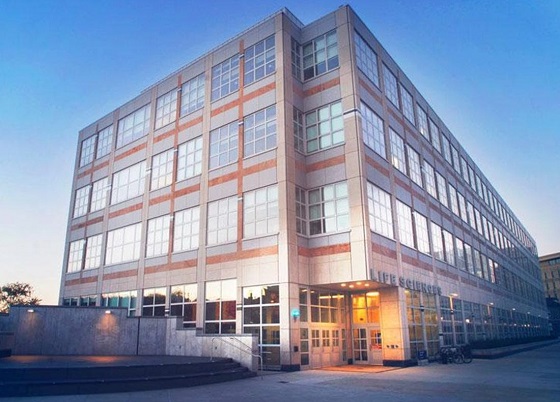
 espionage2 days ago
espionage2 days agoU.S. Charges Three More Chinese Scholars in Wuhan Bio-Smuggling Case, Citing Pattern of Foreign Exploitation in American Research Labs
-
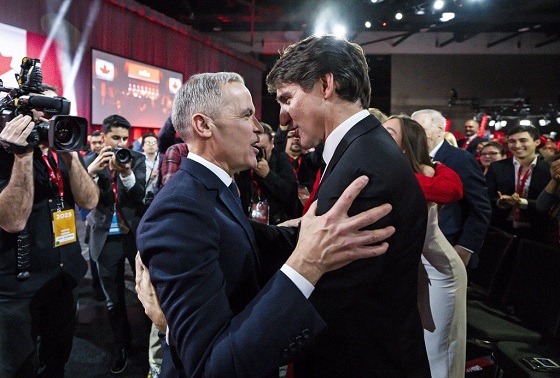
 Business1 day ago
Business1 day agoCarney budget doubles down on Trudeau-era policies
-
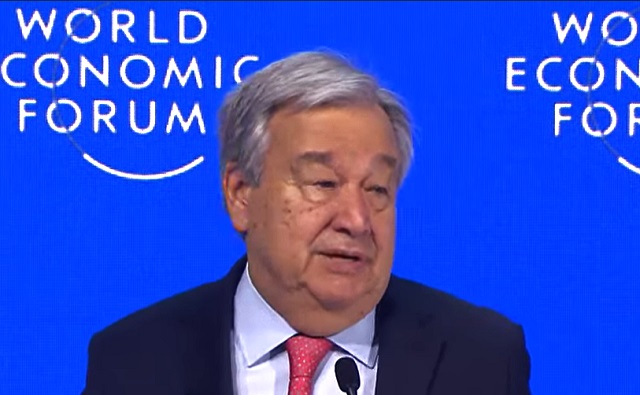
 Daily Caller2 days ago
Daily Caller2 days agoUN Chief Rages Against Dying Of Climate Alarm Light
-

 COVID-191 day ago
COVID-191 day agoCrown still working to put Lich and Barber in jail
-

 Business1 day ago
Business1 day agoCarney budget continues misguided ‘Build Canada Homes’ approach
-

 Business24 hours ago
Business24 hours agoCarney’s Deficit Numbers Deserve Scrutiny After Trudeau’s Forecasting Failures
-

 Business2 days ago
Business2 days agoU.S. Supreme Court frosty on Trump’s tariff power as world watches
-

 International24 hours ago
International24 hours agoKazakhstan joins Abraham Accords, Trump says more nations lining up for peace





